- Empty cart.
- Continue Shopping
Red Guava (Pera)
Original price was: ₹528.00.₹370.00Current price is: ₹370.00.
Genus : Gava
Indulge in the succulent and flavorful Red Guava with this tropical plant. Its vibrant red fruits are known for their delicious sweetness and refreshing taste. Grow this plant in your garden and savor the tropical goodness right at home. Order now and elevate your fruit garden with this tropical delight!
The Red Guava plant, scientifically known as Psidium guajava, is a tropical fruit-bearing tree that is highly valued for its delicious and nutritious fruits. Here is a more detailed description of the Red Guava plant:
1. Appearance: The Red Guava is a small to medium-sized evergreen tree that typically reaches a height of 3-6 meters (10-20 feet). It has a dense and bushy canopy with thick, glossy, and elliptical-shaped leaves. The trunk is usually smooth, and the bark is reddish-brown in color.
2. Fruits: The most prominent feature of the Red Guava plant is its fruit. The fruit is round or oval in shape and varies in size, typically ranging from 5-10 centimeters (2-4 inches) in diameter. When ripe, the skin of the fruit turns from green to a vibrant shade of red or yellow. The flesh is juicy, fragrant, and can be either white or pinkish-red, depending on the variety. The fruit contains numerous small, edible seeds that are embedded in the soft, sweet pulp.
3. Flavor and Aroma: Red Guava fruits have a distinct and tropical flavor profile. They are known for their aromatic scent and a delightful combination of sweetness and tanginess. The flavor can vary slightly depending on the variety, with some having a more intense sweetness while others have a slightly acidic undertone.
4. Cultivation: Red Guava trees thrive in warm tropical and subtropical climates. They prefer full sun exposure and well-drained soil. The tree is relatively easy to cultivate and can tolerate a range of soil types. Regular watering and fertilization help promote healthy growth and fruit production.
5. Nutritional Value: Red Guava fruits are not only tasty but also packed with essential nutrients. They are an excellent source of vitamin C, providing a higher amount of this vitamin compared to citrus fruits like oranges. The fruit is also rich in dietary fiber, antioxidants, and several minerals, including potassium and folate.
6. Culinary Uses: Red Guava is a versatile fruit that can be enjoyed in various ways. It is commonly eaten fresh, either sliced and eaten as a snack or added to fruit salads. The fruit’s pulp can be used to make juices, smoothies, jams, jellies, and desserts. In some cultures, it is also used to flavor ice creams, sorbets, and pastries.
7. Medicinal Uses: Guava fruits, including the Red Guava, are known for their medicinal properties. They contain natural compounds such as antioxidants, vitamin C, and flavonoids, which have been associated with various health benefits. Red Guava is believed to have anti-inflammatory properties, support digestive health, boost the immune system, and aid in managing conditions like hypertension and diabetes.
8. Other Uses: Apart from its culinary and medicinal uses, different parts of the Red Guava plant have been utilized in traditional medicine and natural remedies. The leaves, bark, and roots have been used to make herbal teas and decoctions that are believed to have antimicrobial and anti-diarrheal properties.
In summary, the Red Guava plant is a tropical tree cherished for its vibrant and flavorful fruits. With its nutritional value, culinary versatility, and potential health benefits, it is a beloved fruit in many regions of the world. Whether eaten fresh or used in various culinary creations, Red Guava adds a delightful tropical touch to any dish or beverage.

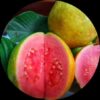


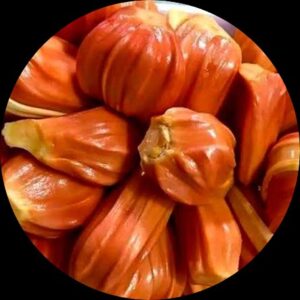
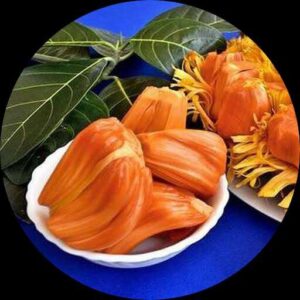


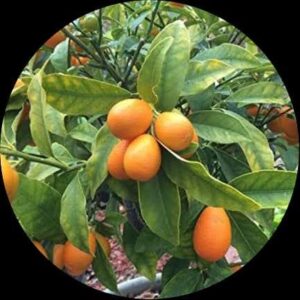
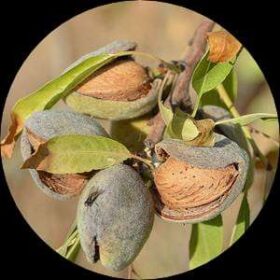


Reviews
There are no reviews yet.